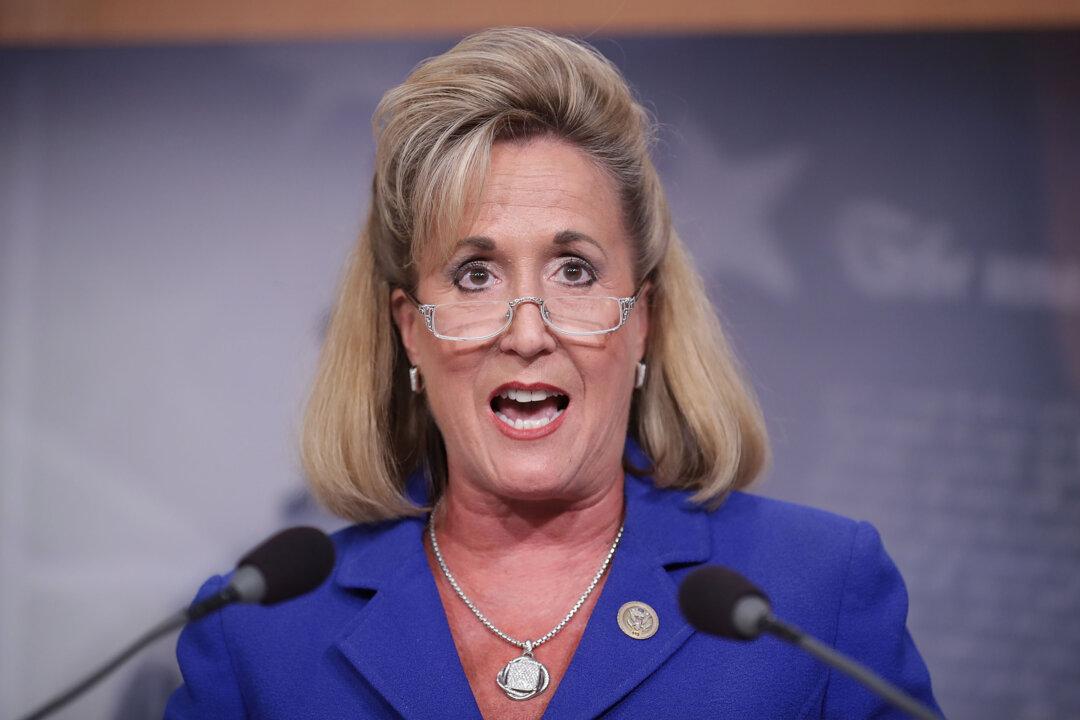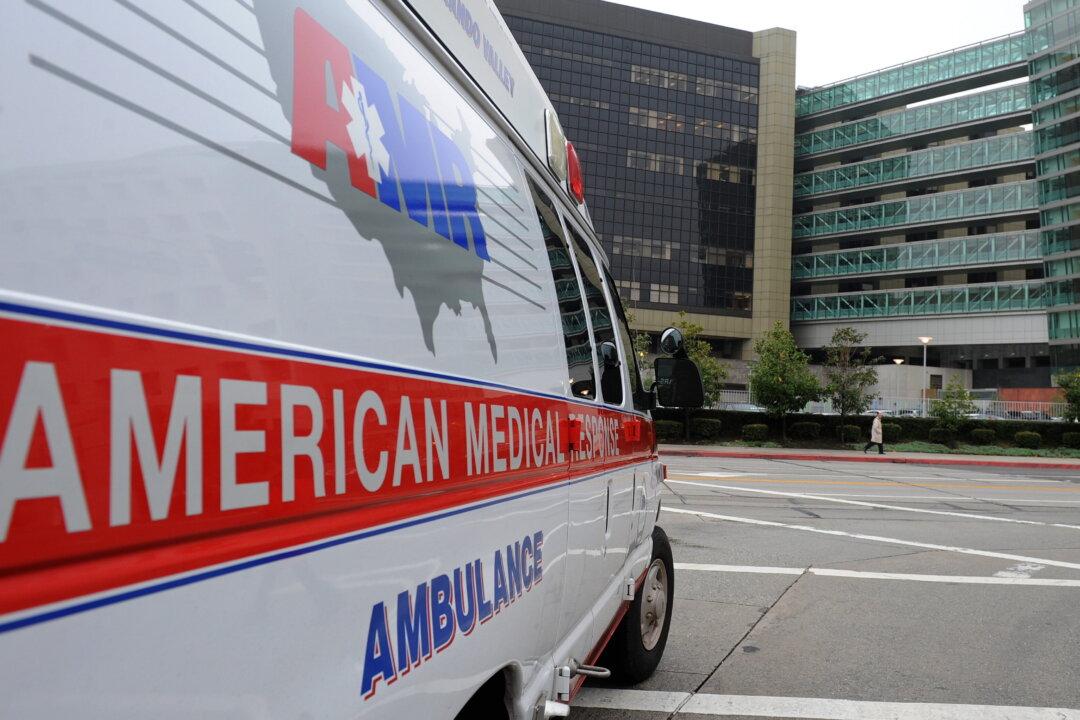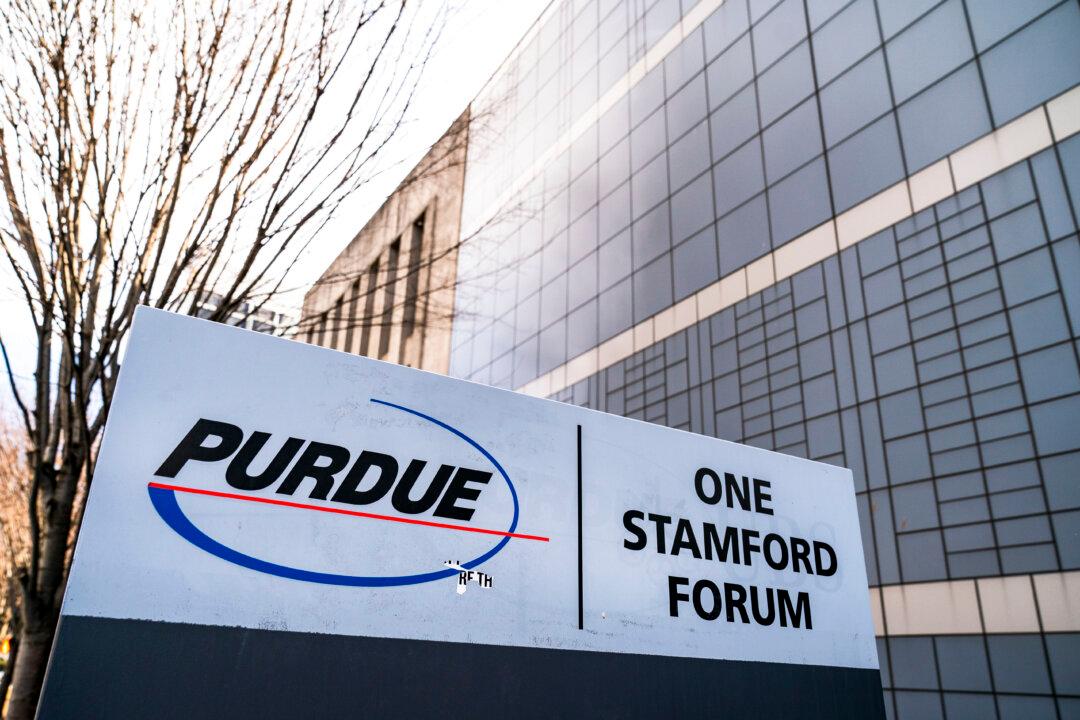A Missouri congresswoman has introduced bipartisan legislation enhancing online platforms’ reporting requirements on the sex trafficking of children.
“America cannot, and should not, accept a reality where innocent children are sexually exploited for financial gain,” said Republican Rep. Ann Wagner in a press release. “Congress must do everything in its power to end this scourge against humanity, and my legislation will help protect innocent victims from some of the most destructive criminals in our society.”





